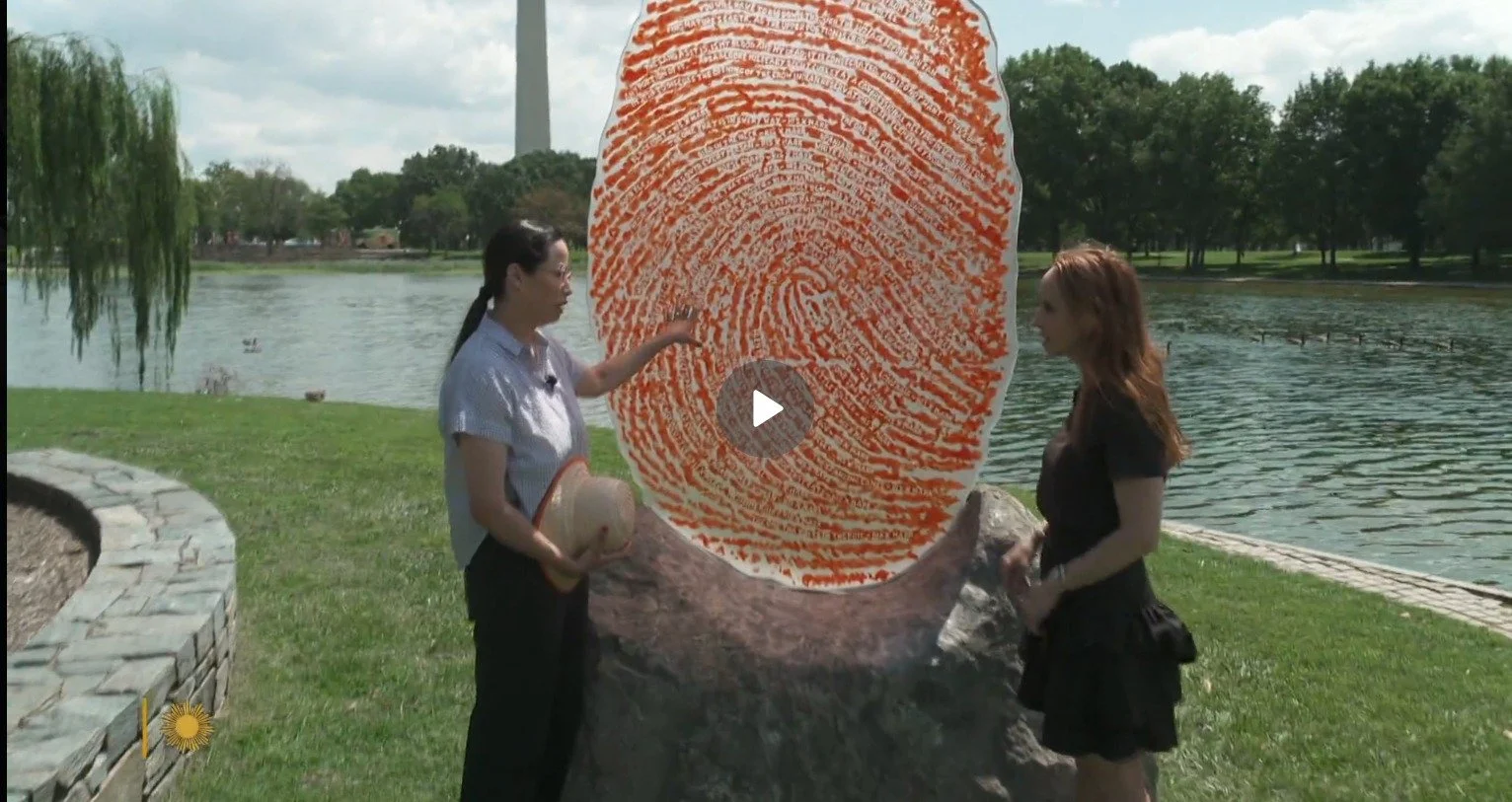George Mason Memorial
George Mason Memorial
Rehabilitation of a Memorial to a Founding Father
Dedicated on April 9, 2002, the George Mason Memorial commemorates the contributions of an important, but often forgotten, Founding Father who was the author of the Virginia Declaration of Rights, which served as an inspiration to Thomas Jefferson while drafting the Declaration of Independence. Mason later served as a delegate to the Constitutional Convention in Philadelphia in 1787. Perhaps Mason’s greatest act was withholding his signature from the United States Constitution because it did not abolish the slave trade, and lacked necessary protection for the individual from the Federal Government. Mason is sometimes referred to as the "Forgotten Founder," largely ignored by history books and often un-credited for originating many of the core concepts, and much of the language later incorporated in both the Declaration of Independence and the Bill of Rights.
Funding for the construction of the Memorial was provided by the Board of Regents at Gunston Hall, Mason’s home. The primary features of the memorial include a bronze statue of George Mason seated below a 72-foot-long trellis, and a fountain situated among gardens originally planted in the late 19th century. The gardens of the George Mason Memorial are an integral component of this site. This garden, with its perennial display, was part of a larger garden nursery that cultivated plantings for use in other areas of the national capital by the Architect of the Capitol. However, throughout the design and build of the project, substantial changes were made to the fountain and gardens due to inadequate funding. Upon completion, the Memorial and its garden was turned over to the National Park Service with no additional funding for day-to-day maintenance. In the 15 years since the memorial’s completion, the central fountain, which lacks a circulation system, has become plagued with algae blooms and costly maintenance. In addition, the extensive planting beds have been worn down and can no longer support the elegant plantings that have long defined the site.
The Trust for the National Mall and The National Park Service have committed to restoring the George Mason Memorial to its fullest potential, providing an urban oasis that accurately reflects the historical period in which Mason lived as well as the memorial’s original design. The renovation work will modify the fountain to allow water to be filtered and re-circulated, improving the water quality and reducing the number of times the fountain needs to be drained and cleaned each year. The new plantings and perennial gardens will commemorate Mason’s love of gardens. Additional work to be completed includes refurbishing the bronze statue of George Mason; installing approximately 50 feet of new post and chain fencing; repairing the concrete sidewalk; cleaning the memorial’s masonry; repairing paving joints; and painting the post and chain fencing.
Photos
Project Supporters
The $800,000 project is funded through a public-private partnership between the National Park Service and the Trust for the National Mall, with half of the funding provided by an appropriation from the National Park Service Centennial Challenge program, and an equal match from the Trust for the National Mall through generous donors including the Dr. Scholl Foundation and others. Since 2015, the National Park Service has used over $45 million in funding from Congress through the Centennial Challenge program to attract more than $77 million from partner organizations in support of hundreds of projects across the country that have improved visitor services and strengthened partnerships to reinvigorate national parks.
“By leveraging private funds from the Trust to match federal appropriations for projects, we greatly increase the amount of money we can invest in improvement to facilities on the National Mall,” said Cassius Cash, acting superintendent of National Mall and Memorial Parks. “The restoration of the George Mason Memorial is another example of how this model private-public partnership is improving resource protection and the visitor experience around the park.”















